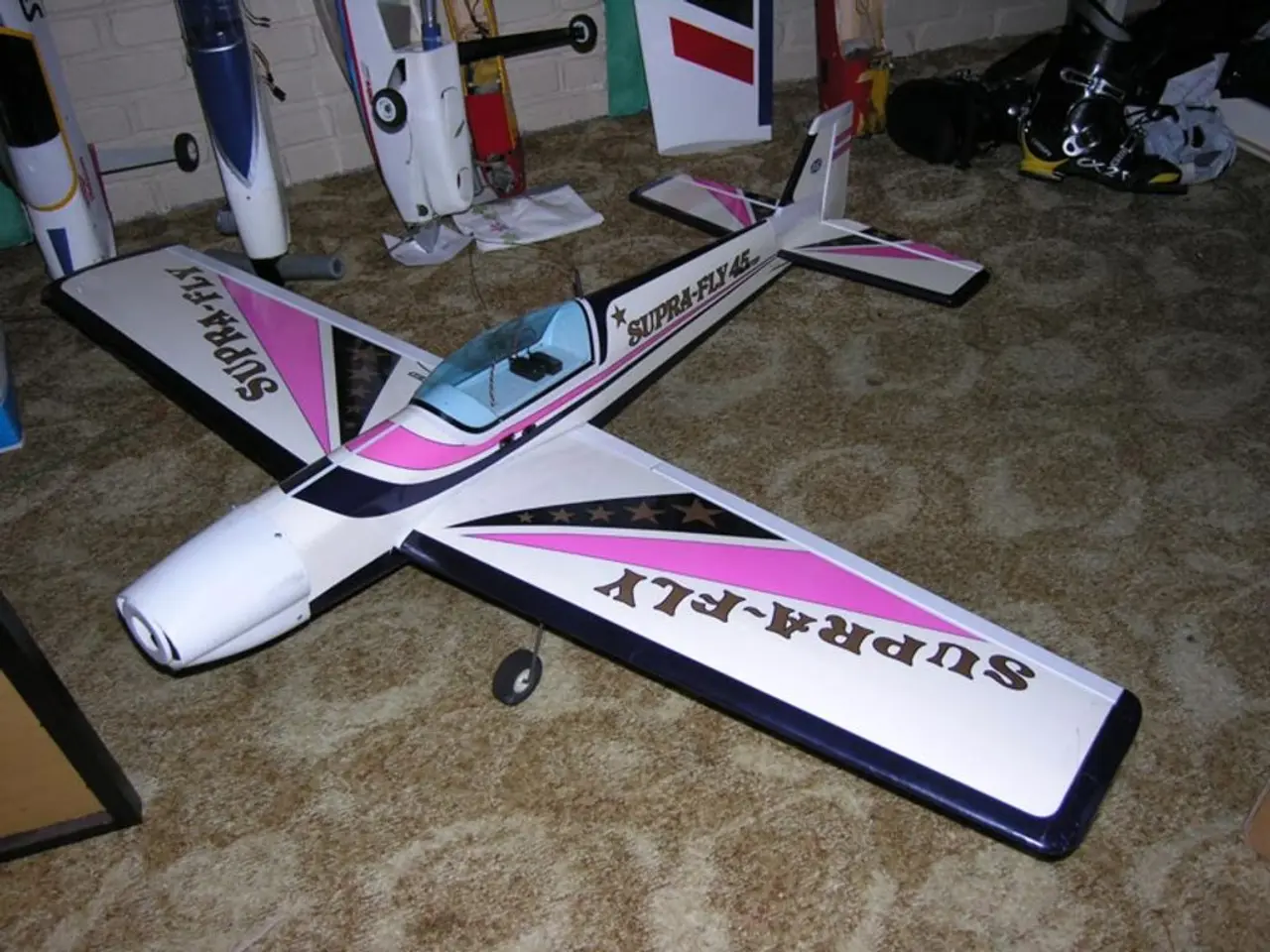Examining the Emblems of Aviation Companies
In the world of aviation, the logos of airline companies are more than just pretty images—they are visual stories that encapsulate a brand's identity, values, and promises. These symbols, expertly crafted to resonate with customers, often feature elements that evoke feelings of freedom, reliability, and strength.
A logo, by definition, is a symbol made up of text and/or images that identifies a business. The type of company is the starting point for logo design, and for airline companies, objectives may include quality, speed, safety, and origins.
Common themes and symbolic elements in popular airline logos include birds, wings, abstract symbols of flight, national colors, and cultural heritage motifs. These visual elements are effective because they communicate core brand values such as freedom, reliability, trust, strength, and service quality.
For instance, many airlines use birds (e.g., eagles, cranes) or wing shapes to represent flight, freedom, power, and upward movement. American Airlines’ eagle head symbolizes freedom and striving for success, using red and blue to reflect professionalism and authority. Japan Airlines uses the Tsurumaru (red-crowned crane) symbol representing loyalty, strength, and luck in Japanese culture, linking deeply with heritage to build customer trust and emotional connection.
Abstract symbols linked to heritage, like Singapore Airlines’ abstract bird derived from a regional dagger, symbolize grace, elegance, and impeccable service, reinforcing a premium brand promise rather than just transportation.
Color schemes often reflect national identity, enhancing authority and pride. For example, red, white, and blue for American Airlines are easily associated with the country of origin, fostering customer loyalty through patriotism and recognition.
Logos encapsulate what the airline stands for—safety, care, reliability, or luxury—through clear, symbolic imagery that customers quickly recognize and trust. The orange tail part in the Pegasus logo is used to emphasize speed, while a circle in airline company logos often represents perfection and balance.
A good logo shows or evokes what a company does and what are the brand values. It must be legible, coherent, adaptable, reproducible, memorable, timeless, and simple. A simple, elegant shape and strong color identity help logos stand out in a global market, making brands memorable and fostering recognition even at a distance or small scale.
Symbols tied to culture or history, like Japan Airlines’ crane, create emotional engagement, signaling consistency and authenticity which are reassuring during crises or when repeating loyalty. A strong visual identity, consistently used over time, signals professionalism and reliability, critical in an industry where safety and service matter enormously.
In summary, airline logos are effective because they combine symbolic imagery of flight and freedom with cultural and national identity markers, creating simple yet meaningful visual promises that resonate emotionally, build trust, and establish a strong, recognizable brand presence.
For further reading on logo design and its implications, you can find various articles by clicking the provided link. Adîr, G., Adîr, V., and Pascu, N.E. (2012) have also studied logo design and its impact on corporate identity.
References: [1] Adîr, G., Adîr, V., and Pascu, N.E. (2012). Logo Design and Corporate Identity: A Study on the Impact of Logo Design on Corporate Identity. International Journal of Business and Management Invention, 3(1), 1-8. [2] Keller, K. L. (2016). Strategic Brand Management: Building, Measuring, and Managing Brand Equity. John Wiley & Sons. [3] Petrova, S. (2018). The Role of Logos in Branding. Branding Strategy Insider. [4] Wolfe, J. (2017). The Psychology of Logos. Brand New.
- In the realm of business, especially technology-focused companies, logos play a crucial role in encapsulating the brand's identity, values, and promises, just like in the aviation industry. These symbols often convey modernity, innovation, and technological advancement to resonate with customers.
- A good logo, whether for a tech company or an airline, should be simple, memorable, and easily adaptable. Utilizing abstract symbols, strong color identities, and minimalistic designs help logos stand out in a competitive market, fostering recognition and establishing a robust brand presence.




